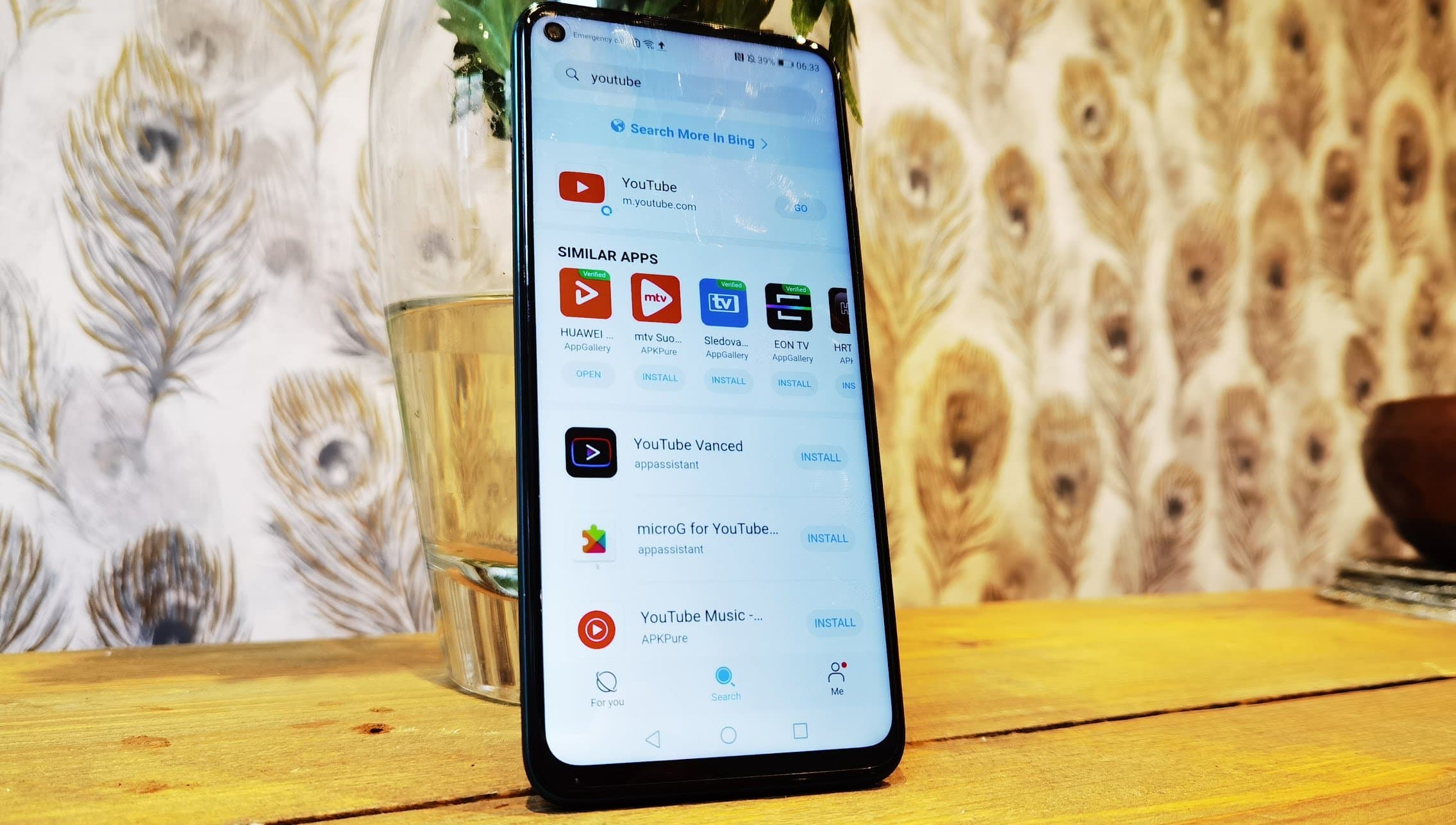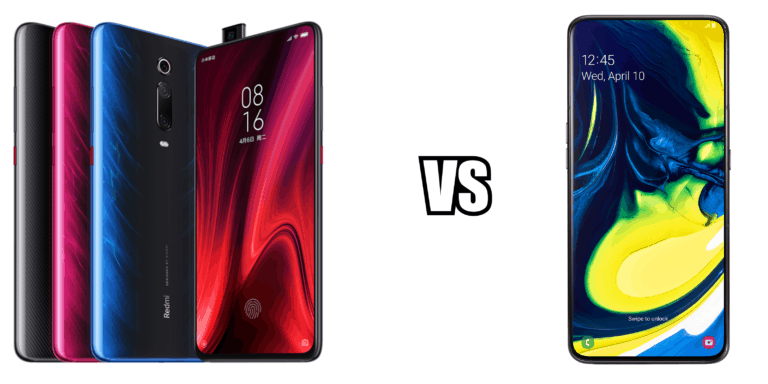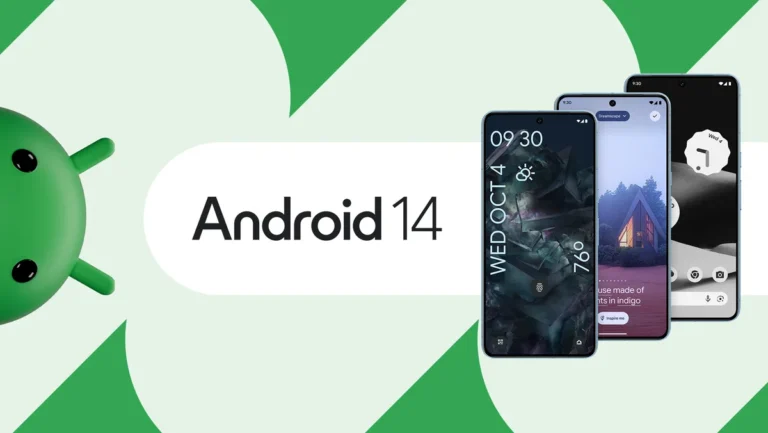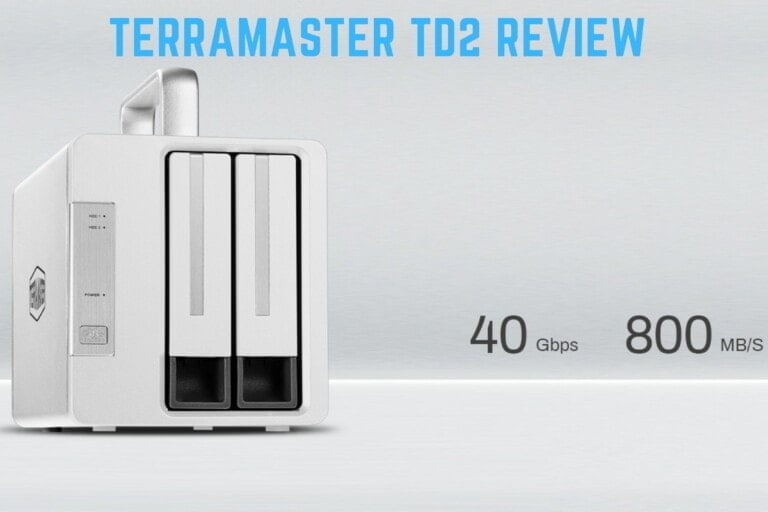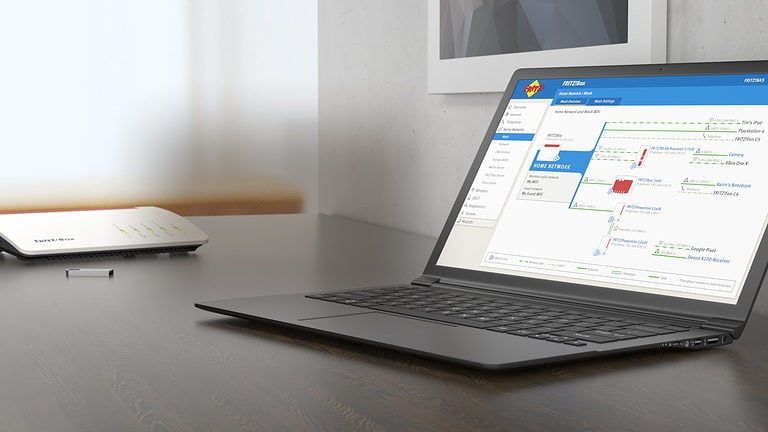Any links to online stores should be assumed to be affiliates. The company or PR agency provides all or most review samples. They have no control over my content, and I provide my honest opinion.
It is well known that recent Huawei devices are not allowed to be shipped with Google Mobile Services, including the Play Store.
Many people, if not most, have overcome this issue by going through the frustrating process of installing Google yourself with the help of a Chinese app called LZ Play. So far, I have done this with the Huawei P40 Pro and the P40 Pro Plus.
Some people have theorised that Google or Huawei could disable this sneaky workaround, and in the case of the Huawei P40 Lite, this appears to be the case.
I doubt Huawei or Google have pro-actively gone out of their way to make LZ Play not work on the phone, and I can’t say for certain if a new version will come out to fix the problem.
But for now, if you follow any guide to install the LZ Play APK, when you run it, you will not be able to proceed past the first notification. There are no permissions to accept, just one blue button with Chinese writing when you click on it, the app shuts down.
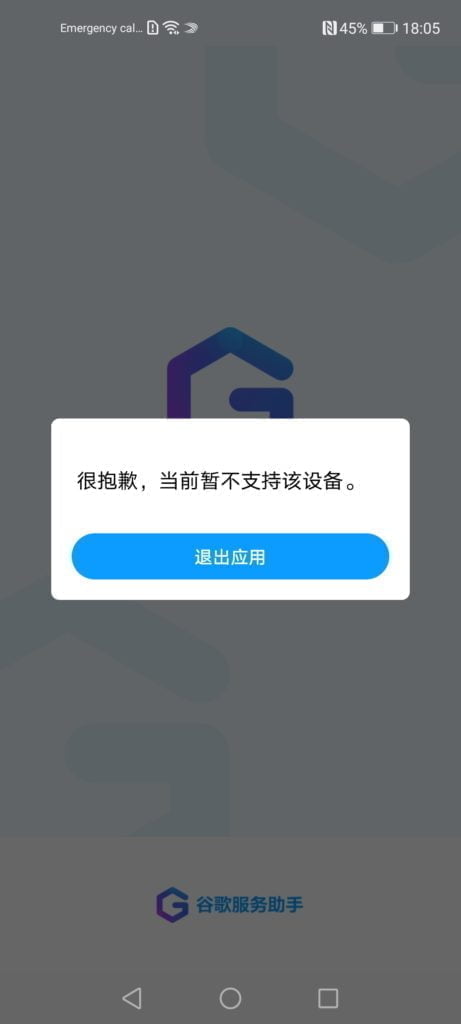
So what options are there?
You basically have to do all the things that Huawei have openly been advocating for their phones. This includes:
Phone Clone
I will list this first as this is the most logical first step to make. During the setup process, if you use the phone clone app, this will transfer over as many of the apps and settings as it can. It is genuinely a good app, superior to the built-in Android solution. It copies over your settings and various other things, so you can almost have the phone looking identical when it is done.
However, certain apps will not copy over; especially Google-owned apps.
Huawei App Gallery
This is the closest you will get to the Play Store experience, and it is the long-term solution from Huawei. The App Gallery works exactly like the Play Store allowing you to download apps from developers and automatically install them.
It is very much a work in progress, while it is getting better and a lot of big-name apps are on there, many aren’t.
Petal Search
This is the most recent solution being pushed by Huawei, it is a search function that pulls in data from the Huawei App Gallery as well as many third part APK sources allowing you to sideload apps.
It works well and is certainly worth using, as it ensures you get apps from the Huawei App Gallery if they are available, rather than immediately going to a third-party solution.
APK Pure App
Petal Search uses APK pure, but it links to the website, which is a bit of a mess, in my opinion. However, APK Pure has an app which works very well, allowing you to download and install apps, as well as update them.
It works really well, and it is my preferred overall solution. The one downside is the updating process. While it will automatically detect what needs updating, you have to manually install the updated APKs.
F-Droid/Aurora Store
F-Droid is another 3rd party store, but rather than listing the things already on Play Store; they host open-source software which is often not on the Play Store.
Within F-Droid is Aurora Store. This is a sort of middle man app store that downloads the files directly from the Play Store. With this method, you always get the latest apps direct from Google.
The downside is that it doesn’t recommend you log in, so you can only access apps that are free to download.
Quick Apps / PWA Apps
For things that require access to Google, you are out of luck with proper apps, but many websites offer a progressive web application, which is sort of installable websites. Sometimes it is just that, the mobile version of a website installed, but other times you get improved functionality with these.
With these apps, you can log into anything that requires a Google account (like you would a normal website). So, things like YouTube, Google Maps and more can all work this way.
What doesn’t work
All the above can get you most of the apps you want, but you still won’t have Google Play Services/GMS.
So anything that requires a connection with Google generally won’t work; this includes Gmail, YouTube, Google Maps, and many other none Google websites that use Google services.
With these, your best bet is the quick apps mentioned above
MicroG
Within F-Droid, there is MicroG which is a free and open-source implementation of proprietary Google libraries that serves as a replacement for Google Play Services on the Android operating system.
I had hoped I could bypass many of the issues with apps needing Google with this. However, it does not work as I had hoped. The software needs to be able to spoof code signatures so GmsCore can pretend the existence of the official Play Services to applications calling Google APIs.
Signature spoofing is only available on some very specific ROMs including LineageOS, CarbonROM and OmniROM or with devices that are rooted and have the Xposed Framework. None of this is possible with the Huawei P40 Lite.
I am James, a UK-based tech enthusiast and the Editor and Owner of Mighty Gadget, which I’ve proudly run since 2007. Passionate about all things technology, my expertise spans from computers and networking to mobile, wearables, and smart home devices.
As a fitness fanatic who loves running and cycling, I also have a keen interest in fitness-related technology, and I take every opportunity to cover this niche on my blog. My diverse interests allow me to bring a unique perspective to tech blogging, merging lifestyle, fitness, and the latest tech trends.
In my academic pursuits, I earned a BSc in Information Systems Design from UCLAN, before advancing my learning with a Master’s Degree in Computing. This advanced study also included Cisco CCNA accreditation, further demonstrating my commitment to understanding and staying ahead of the technology curve.
I’m proud to share that Vuelio has consistently ranked Mighty Gadget as one of the top technology blogs in the UK. With my dedication to technology and drive to share my insights, I aim to continue providing my readers with engaging and informative content.

